From building a family name to establishing one of the first booming towns in Upper Canada, this is the history of Vienna, Ontario.
At the beginning of 2021, after moving back home with my parents, I felt the urge to further explore one of the communities I spent so much time in when I was younger. I knew it had the potential for a great story and discovered as much once I started to do more research. From building a family name to establishing one of the first booming towns in Upper Canada, this is the history of Vienna, Ontario.
The History of Vienna
Vienna, Ontario, is often referred to as a “blink of a town” for how easy it is to drive through. This quaint village nestled in the heart of Southwestern Ontario seems like every other, but digging deeper and this small town has its own history that’s just as unique and rich as the rest of our country.
The Village of Vienna was established in 1829 with a request from Jesse Smith and Captain Samuel Edison. The lots were divided up, and the area was named Shrewsbury, after John Talbot, the first Earl of Shrewsbury. The name of the town was later changed to Vienna by Captain Samuel Edison, who was a local hero that fought in the War of 1812 for the 1st Middlesex Militia — as a way to honour his ancestors in Austria.
Over the next 40 years, Vienna would experience a major boom period, becoming Bayham’s largest centre and one of Upper Canada’s most prosperous areas. The lumber trade grew in size and transformed into the primary industry supporting the village, bringing around 1200 to 3000 inhabitants during its peak.
The Otter Creek was of utmost importance during this growth. The wide creek was ideal and made it easy to ship the large amount of pine, maple and oak trees that populated the area to a larger body of water. The Otter Creek, which travels downstream to Lake Erie, would provide transportation for the lumber, where it would then be sent to the United States, Quebec and the West Indies.
The reduction of the lumber trade, severe fires and flooding put an end to Vienna’s expansion. The village was at its peak when a booming industry moved in and provided jobs to hundreds of citizens, soon diminishing into thin air just as many other small towns do. It becomes obsolete once the industry it once thrived on leaves.
By the end of the 20th century, Vienna’s population fell to a modest 600 residents, which is similar to the number it remains today. Although Vienna had reached its apex with the lumber boom in the mid-1800s, the town caught the eye of one family in particular. One that stayed far after the trees had gone.
The Edison Family Moves In
John Edeson was a loyalist during the American Revolution. He left Essex County, New Jersey, for Nova Scotia, Canada, in 1783. By 1811, the family moved to Upper Canada, where they received a land grant of 600 acres in what would become Vienna. They set up their homestead overlooking Otter Creek near the centre of town. John’s son, Captain Samuel Ogden Edison, returned to Bayham Township after the War of 1812, becoming one of the most respected men in the area. As mentioned earlier, he even had the privilege of renaming the town.
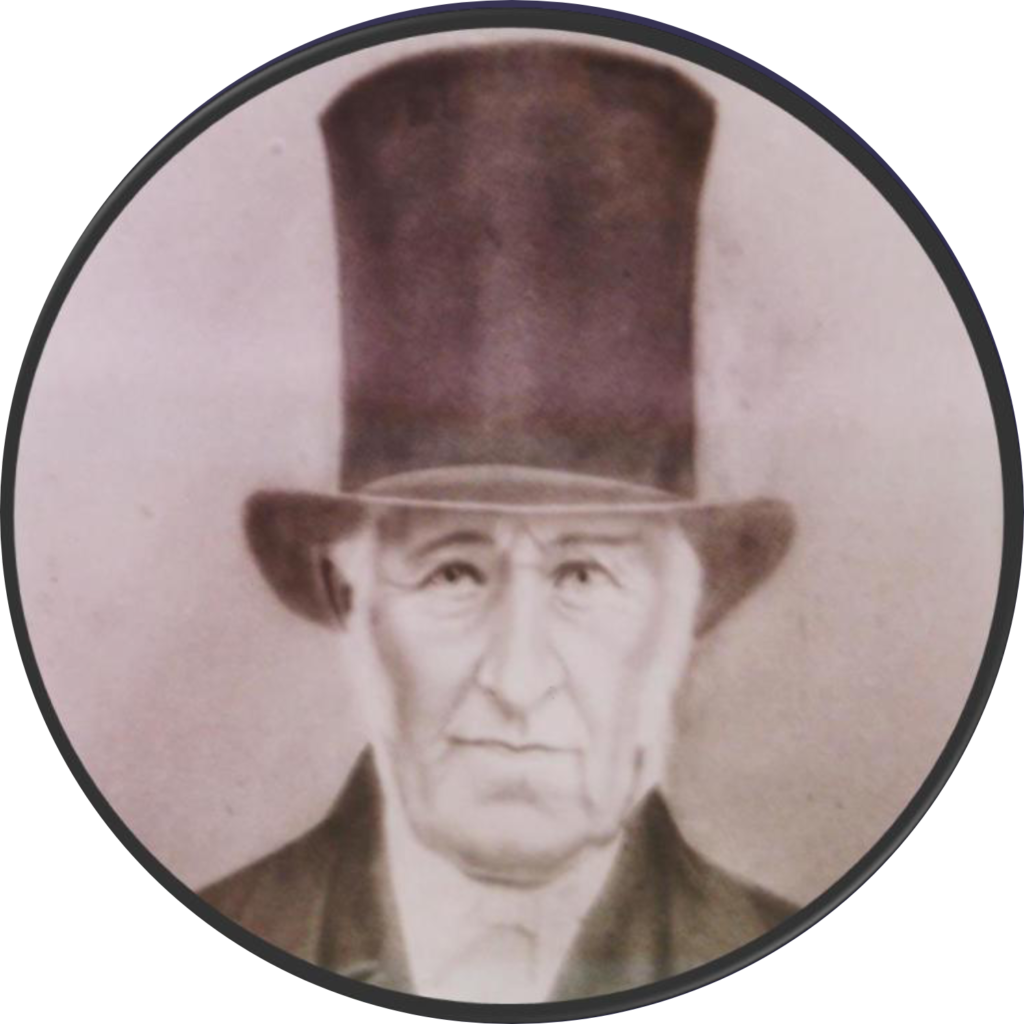
The same cannot be said about one of Captain Samuel’s sons, Samuel Jr., who had multiple run-ins with the law. His support of William Lyon Mackenzie and his own role in the Rebellion of 1837 forced him to flee to the United States. His land in Vienna was confiscated, and a $500 bounty was placed for his capture.
Before fleeing to the United States, Samuel’s wife, Nancy Matthews Elliot Edison, was Vienna’s first school teacher in 1828. Samuel, Nancy and their children eventually settled in Milan, Ohio. On February 11, 1847, Thomas Alva Edison was born, their seventh and final child.
Thomas Edison was a peculiar child who thrived in his own company. His mother always encouraged him to read as much as possible, which is how he learned such vast knowledge. Being a former school teacher, Edison’s mother was also the one who taught him how to read, write and about arithmetic. He had a brilliant mind and — even as a young child — was always working on something.
Edison went on to emerge as one of the world’s most prolific inventors. Some of his most famous creations include the phonograph, the automatic telegraph, the incandescent lamp, the storage battery and the improvement of generating and distributing electricity.
Contrary to popular belief, Edison did not invent the light bulb. The light bulb had been around for several years before Edison began working on his version. He took the already existing design and made a safe and economical light bulb that could be used in the home. To show off how functional his incandescent bulbs were, he held a public demonstration at Menlo Park, his research laboratory. By September 1882, the first commercial power system began operations, providing power and electrical lighting to one square mile in lower Manhattan.
Although Edison spent most of his life in the United States, inventing some of the world’s most important scientific discoveries, he would never forget his younger days in Vienna, Ontario.
The Edison Connection
To most, Vienna is just another small town in Southern Ontario. To Edison and I, it’s a place we were both able to spend time with our grandparents. In his younger years, Edison spent summers with his beloved grandparents in Vienna, fishing, playing with family and enjoying what the village had to offer. Edison was even taught how to swim by his uncle, Charles O. Edison, in Otter Creek.
Built in 1816, the original Edison homestead is long gone from its place along Otter Creek. Henry Ford, the founder of the Ford Motor Company, was a very close friend to Thomas Edison. After Edison’s death in 1931, he purchased the original family homestead and moved it from Vienna to Greenfield Village, Michigan, the site of The Henry Ford Museum.
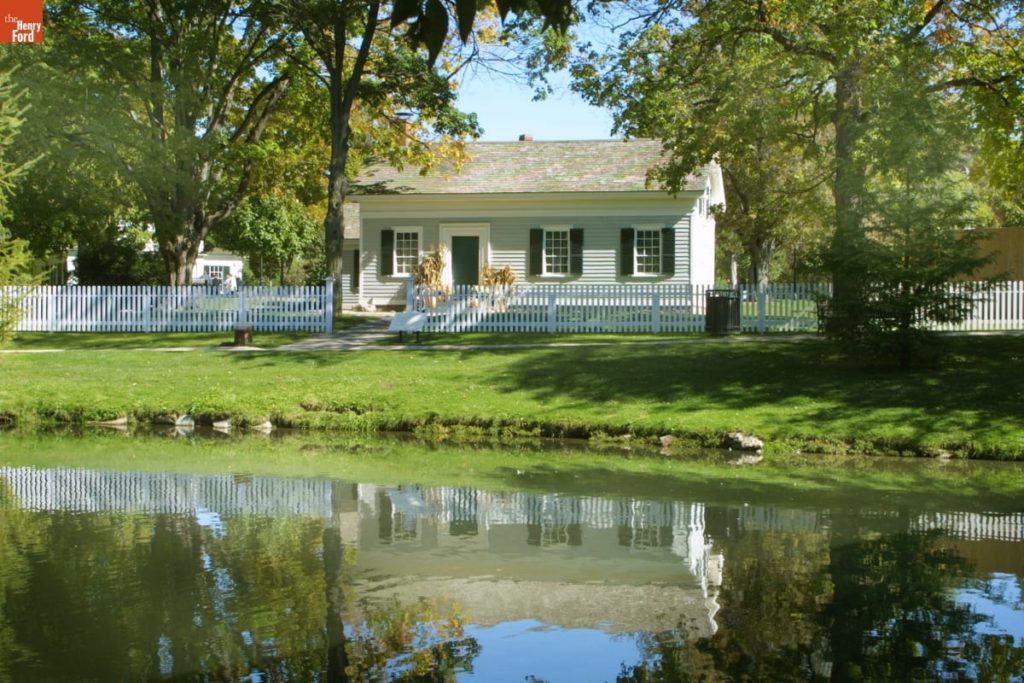
This process involved disassembling the house, shipping it to Michigan and reassembling it on its new plot of land. Ford also had the bushes and some of the ground from around the homestead shipped to the building’s new location. He even came to Vienna in 1933 to do an inspection on the property before it was taken apart.
On September 17, 1961, a historical plaque was unveiled to commemorate the Edison homestead. The plaque was part of a series of others erected throughout Ontario by the Department of Travel and Publicity, acting on the advice of the Archaeological and Historic Sites Board of Ontario.
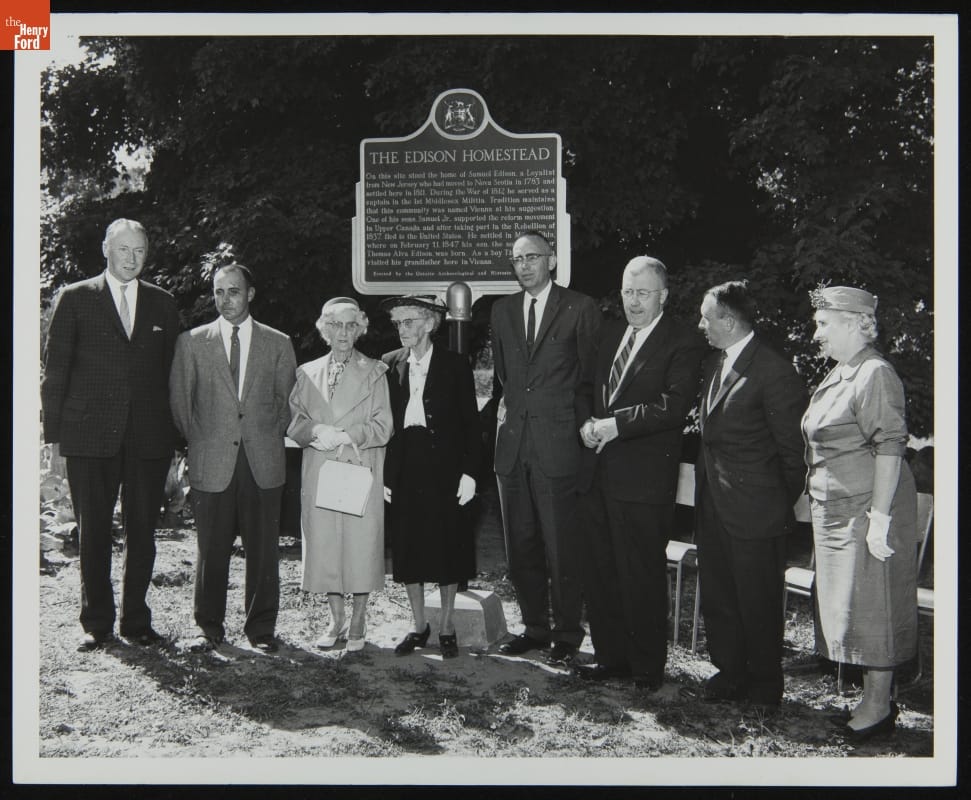
I’ve driven past that plaque more times than I can count. Almost every Friday, my family and I would visit my grandparents in Vienna for dinner and round the corner, passing the plaque to drive up their street. My grandmother is alone now, but the tradition still continues, and the plaque remains.
Personal Ties to the Edison Family
After some research, the connection between the Edison family and my own runs a bit deeper than I originally thought when I first started writing this piece.
My father is from Vienna, and my parents currently live a short 20-minute drive away. My grandmother still lives there, and her house stands at the top of the hill, overlooking where the Edison homestead once stood. Her home was built in 1871 and has been in the Pace family since 1896.
As it turns out, a handful of Edison’s actually owned the house before my grandfather’s family. Mahlon B. Edison and Charles O. Edison, both being Captain Samuel Edison’s sons, resided there before selling their deed of land to the Fairchild family on multiple occasions. Sarah Ann Fairchild then sold the house to Rachel B. Pace and Calvin Pace, my great great great grandparents.
Also, the United Empire Loyalist’s Burial Ground, now known as the Edison Pioneer Cemetery, is just down the road from my grandmother’s property. This cemetery is where a handful of Edison’s are now buried, including Captain Samuel Edison, his first wife Nancy Simpson Edison, Eliza Edison Secord, Marcellus Edison, Samuel Edgar Edison, along with a few others. The majority of people buried in the Edison Pioneer Cemetery are quite young and probably died from a smallpox outbreak that the town and country were experiencing at the time.
Captain Samuel Edison donated the land that is now used for Edison Pioneer Cemetery. In 1963, the cemetery came under the jurisdiction of the Municipality of Bayham, and it was eventually restored in 1965. It’s a difficult climb to reach the top but worth every minute to take in. I remember visiting it for the first time when I was younger and being so scared we weren’t going to make it up that hill. I had no idea what to expect once we finally reached the top.
As a councillor in Vienna until 1969, my great grandfather, Hugh Pace, likely assisted in making the Edison Homestead historical plaque and Edison Pioneer Cemetery come to fruition.
There are a handful of other Edison family members buried at St. Luke’s Cemetery, including Mahlon B. Edison and Thomas Edison (also sons of Captain Samuel Edison).
Vienna is home to the Edison Museum, which opened in the late 1980s. The house sat upon what used to be land owned by the Edison family. Nora Edison Coombe, a first cousin of Thomas Edison’s and the last remaining descendent with the Edison name to live in Vienna, donated most of the museum’s pieces. The Howard family, which were friends of Nora’s, donated their house, built in 1853, for the site of the museum.
The original museum closed in 2016 due to a lengthy list of building repairs needed and a lack of funding from the Bayham council. After moving locations, the museum now sits on the main street of Vienna. Unfortunately, due to the ongoing COVID-19 pandemic, the newly renamed Edison, Vienna and Area Museum is closed until further notice.
It’s been an enlightening experience, getting to learn so much about an area that I’ve spent many days as a child and one I still frequent to this day. Regardless of how big or small the Village of Vienna becomes, I will always have these fantastic memories from my youth that I will never forget.
I think it’s important to remember history and where we came from. Not only to tell our children and grandchildren but to keep the memory of the past alive. And to learn from any momentous victories or awful mistakes along the way.
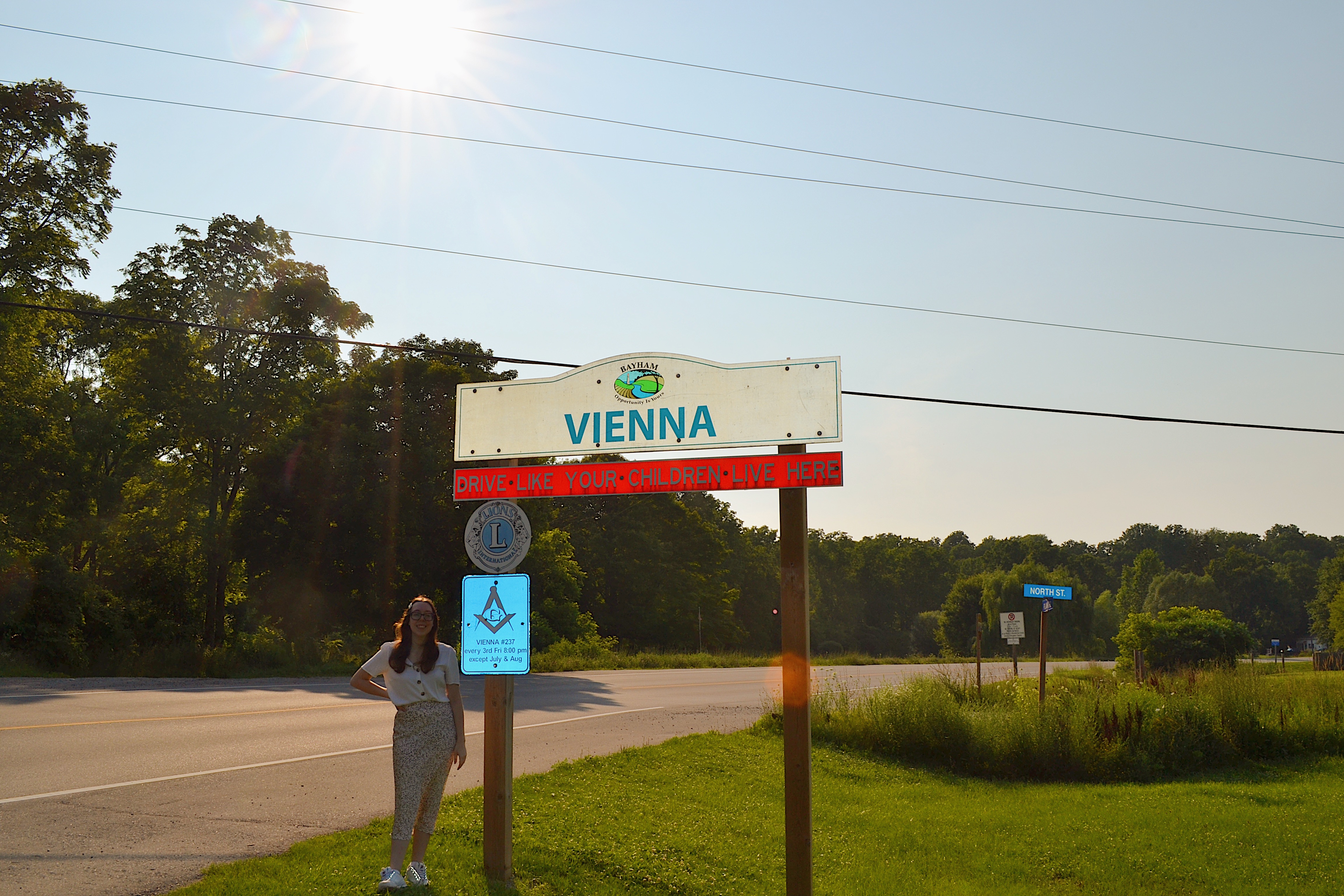
Special thank you to my father for providing me with a few books on the history of Vienna, my grandmother and great uncle for providing me with documents from their personal collections, and the Bayham Historical Society for providing me with additional documents and photos of Vienna and the Edison family.
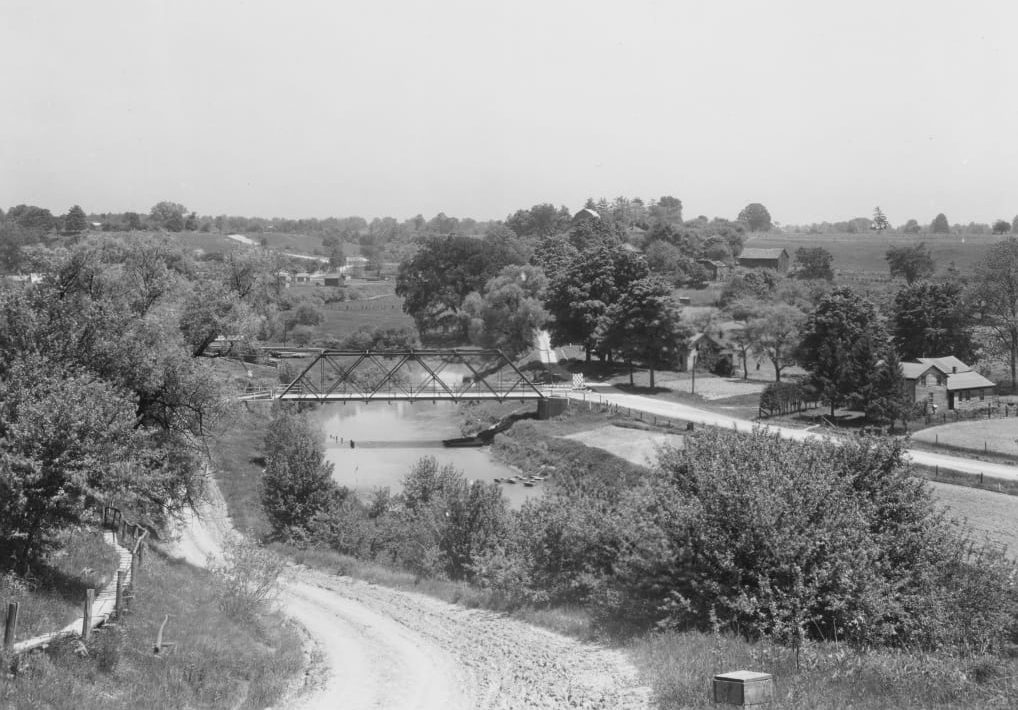
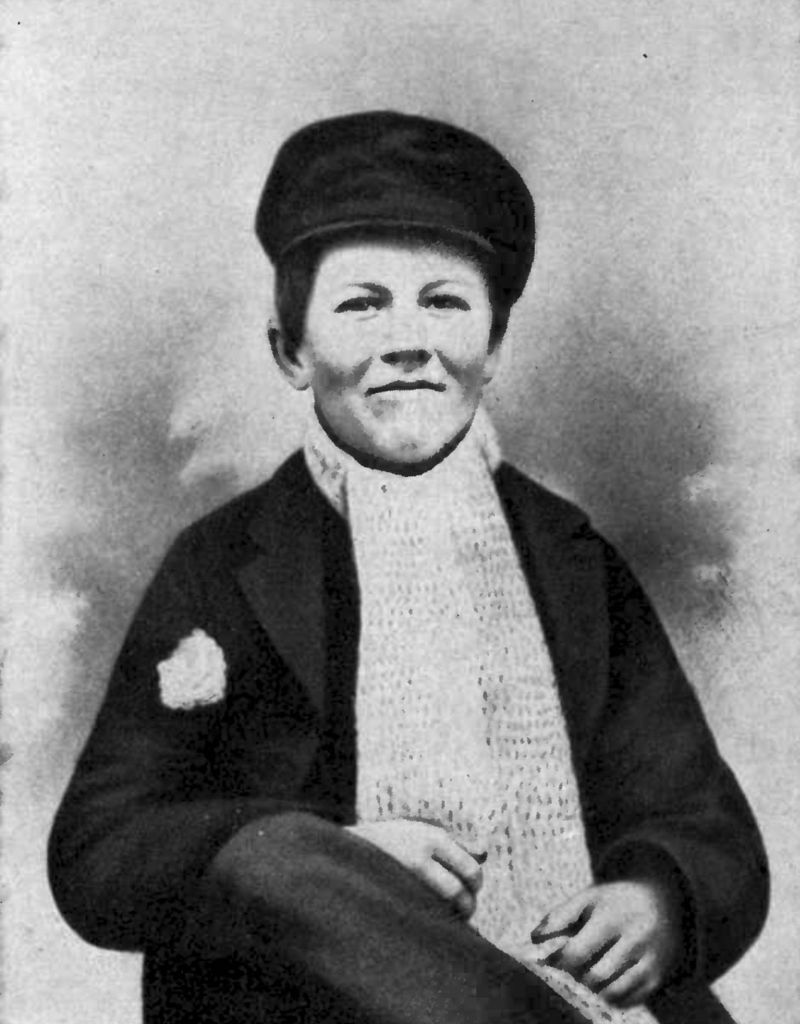
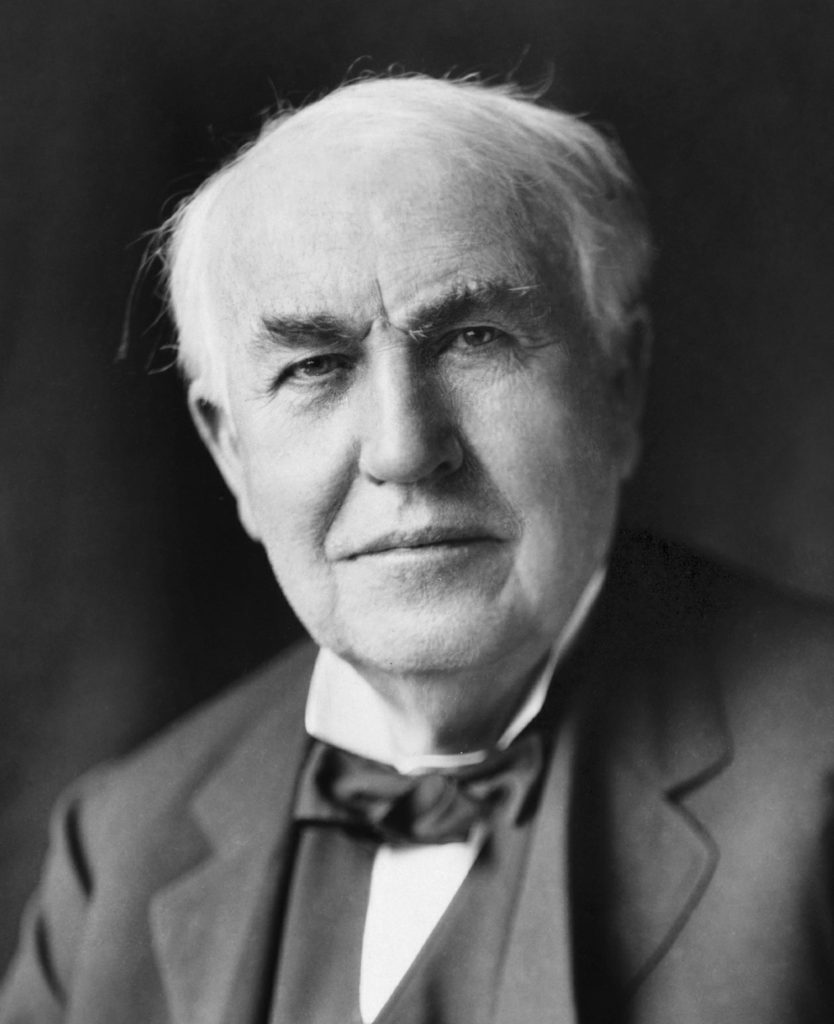
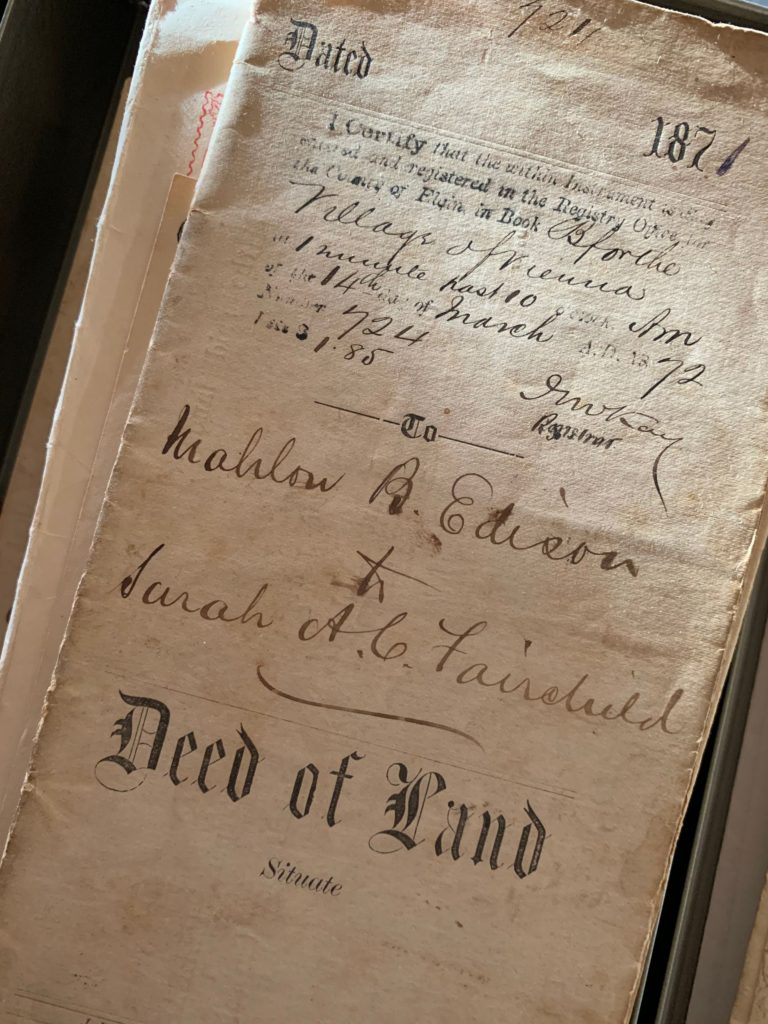
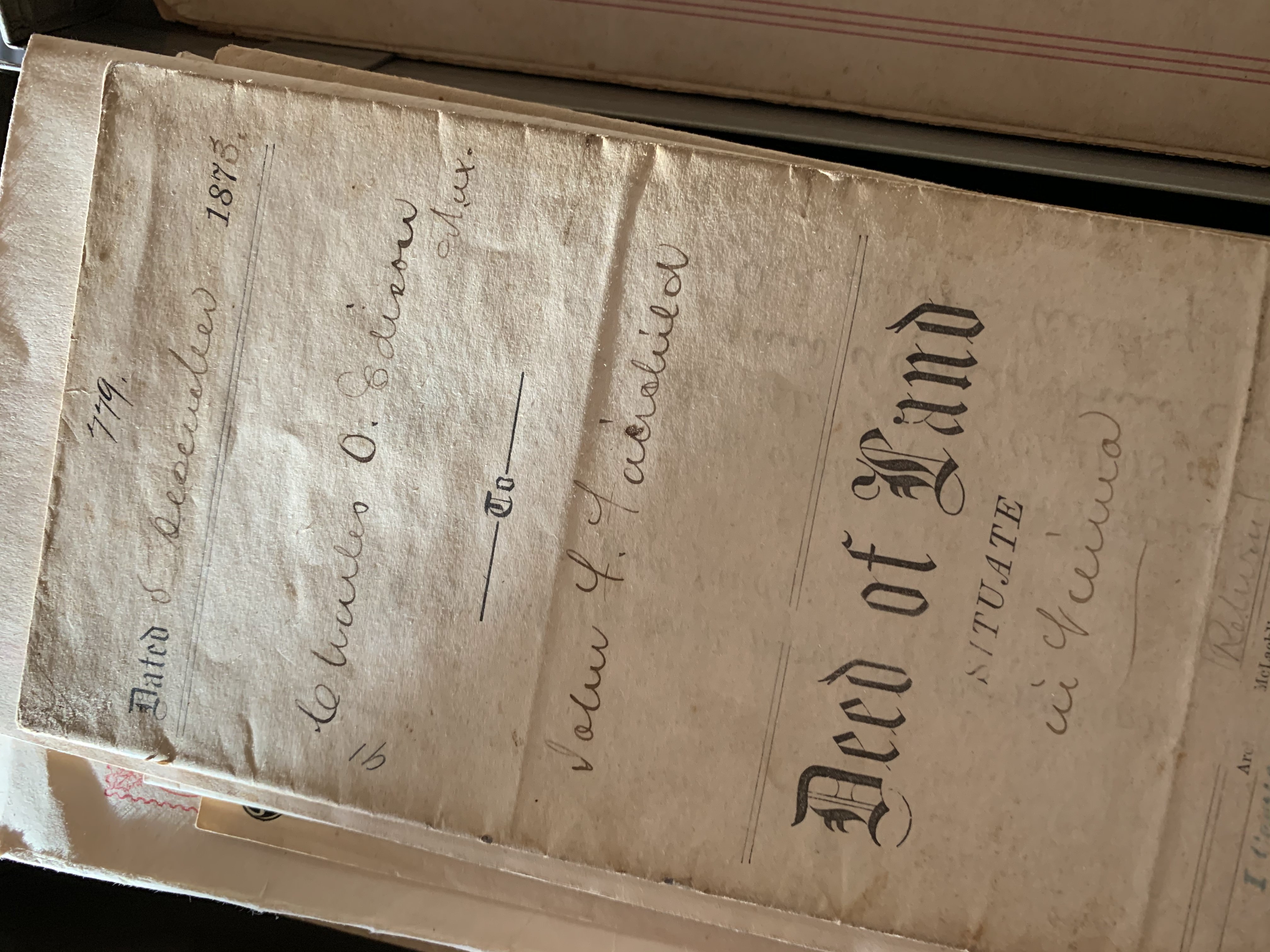
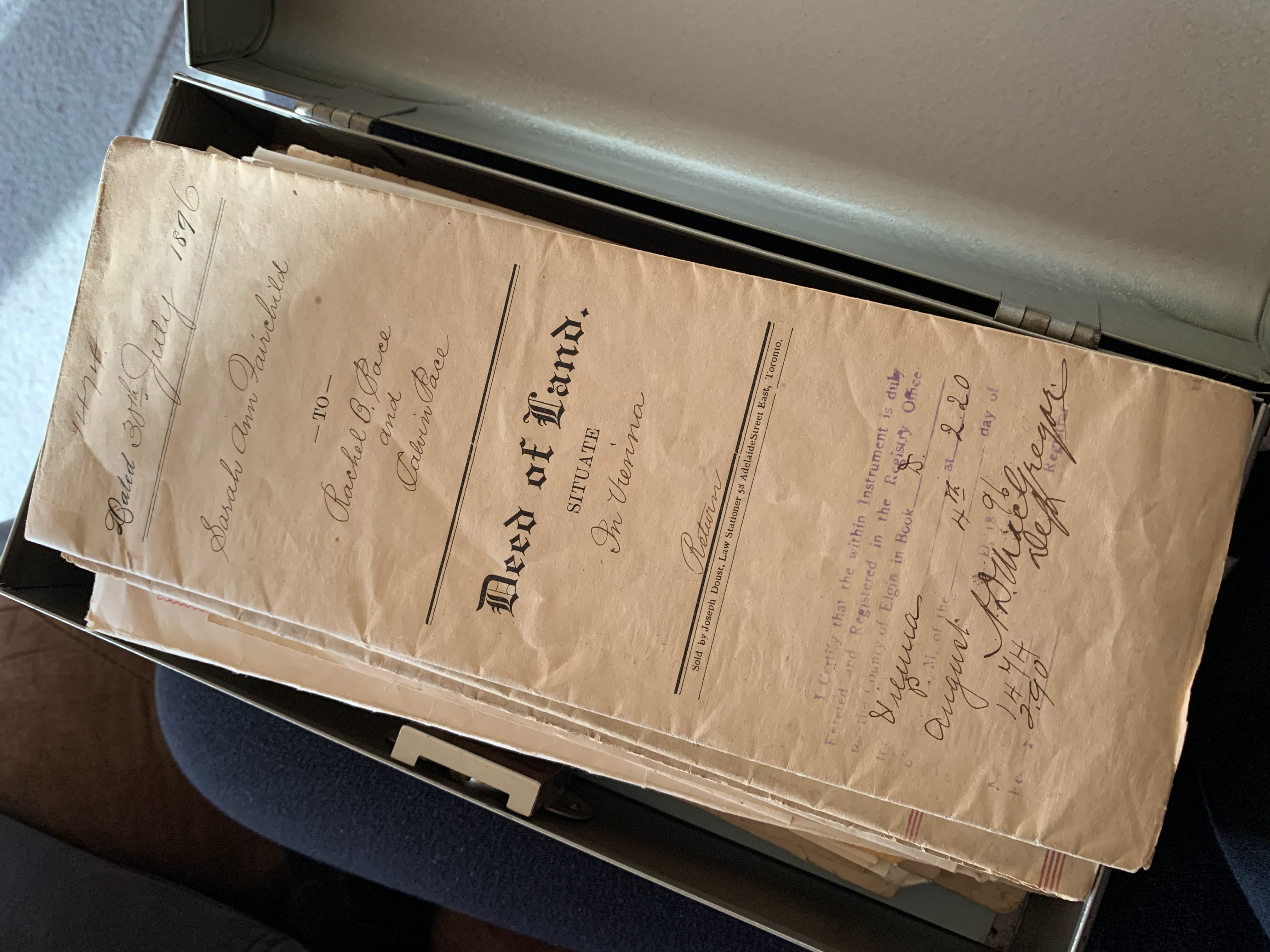


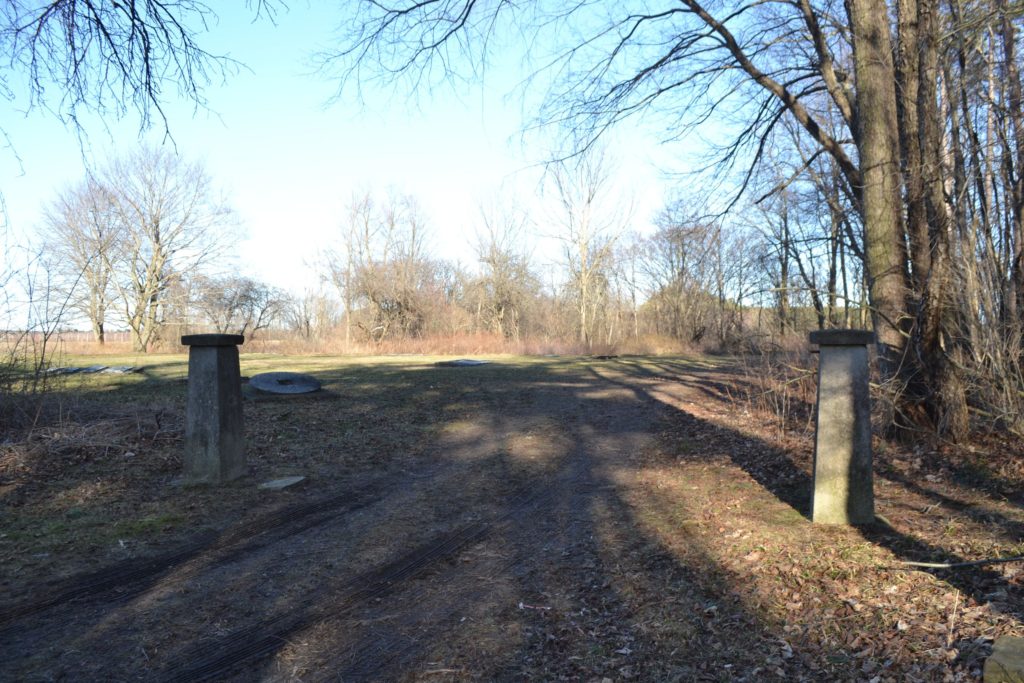
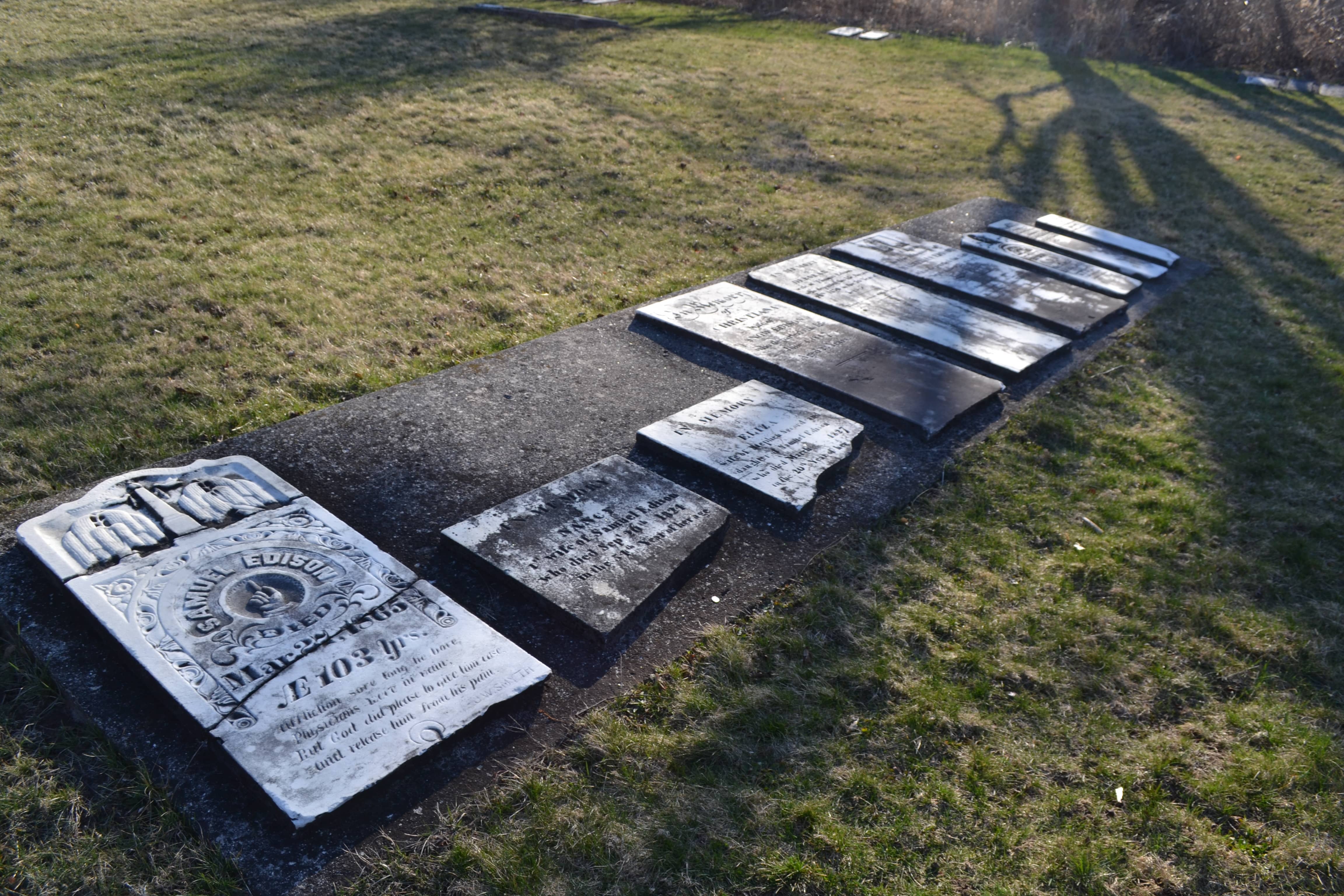
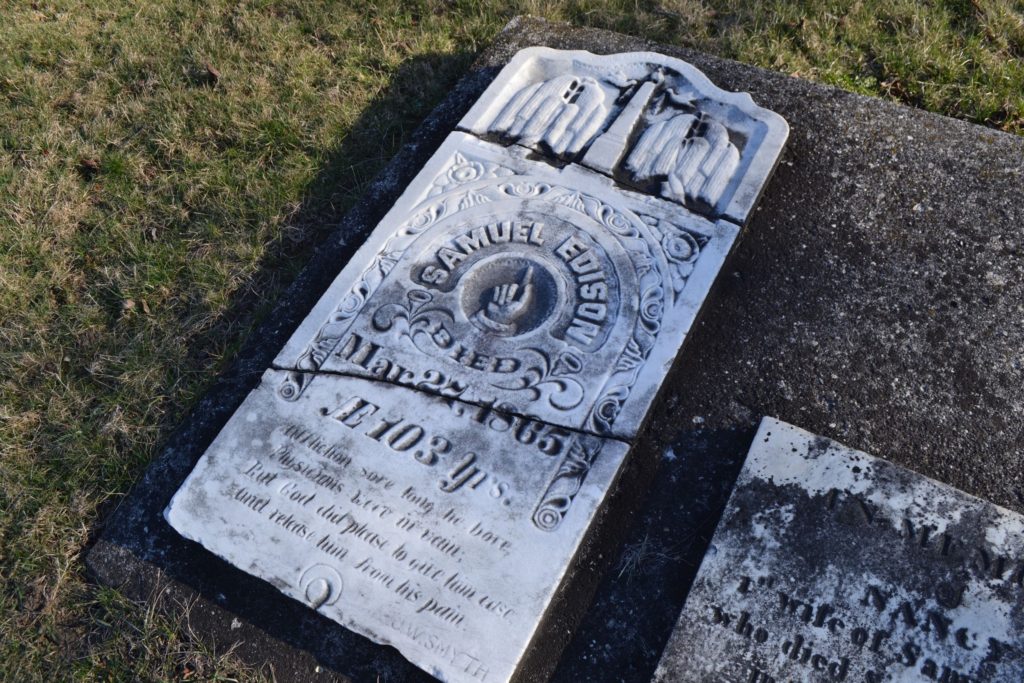

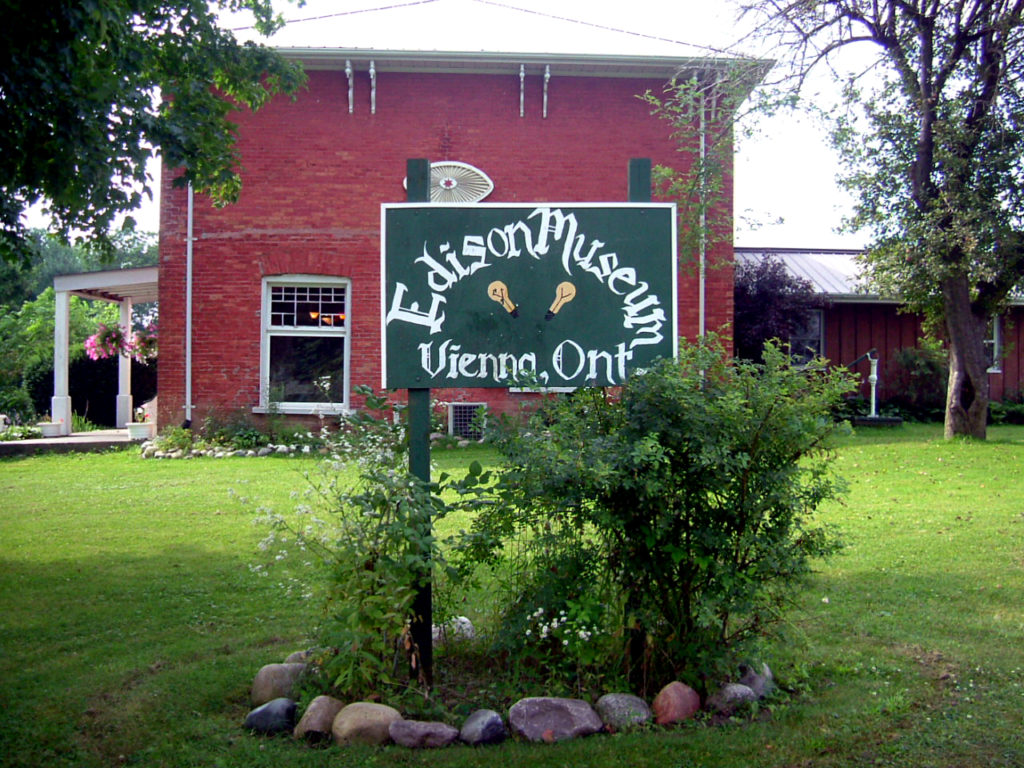
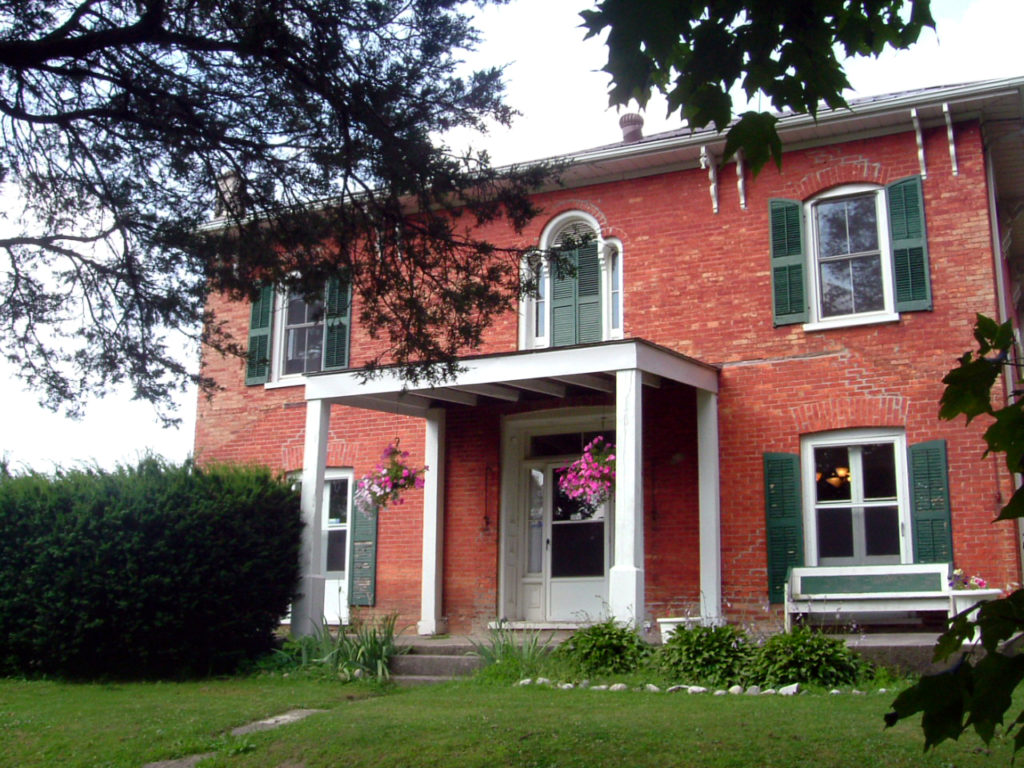

Hi Shandi,
I can’t place the position of the lovely photo you’ve used at the top of the page:
(1) Any idea what year that photo might have been taken?
(2) Is that where the current bridge is in the village, or is this a bridge down what is now Edison Drive? It looks like the old Emerson homestead on the one side but yet the creek would not be in front of it. Just trying to get my bearings on that photo.
Thanks again for creating the remarkable video about Vienna. I now live in Mississauga but Vienna will always hold a special place in my heart and soul.
Hi Katherine, I found the photo from the header on the Henry Ford Museum website (https://www.thehenryford.org/collections-and-research/digital-collections/artifact/358479)! I don’t know much about the photo except that it was taken on June 3, 1933 and that the Edison Homestead looks like it’s located just to the right of the bridge. I’m sorry I couldn’t be more help! Thank you again for your kind words about my video and article.